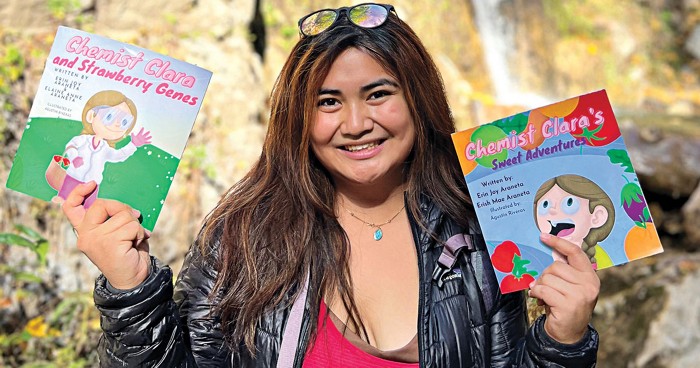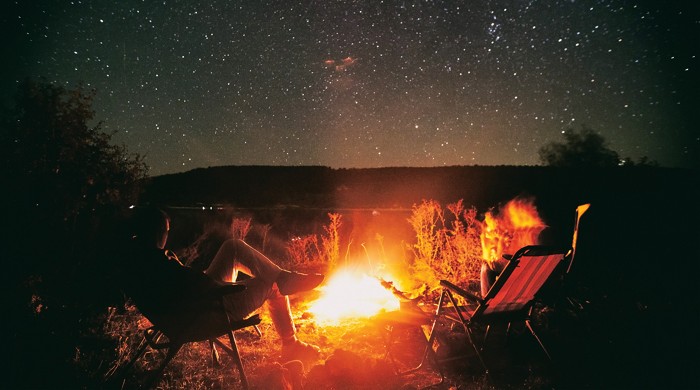Advertisement
Grab your lab coat. Let's get started
Welcome!
Welcome!
Create an account below to get 6 C&EN articles per month, receive newsletters and more - all free.
It seems this is your first time logging in online. Please enter the following information to continue.
As an ACS member you automatically get access to this site. All we need is few more details to create your reading experience.
Not you? Sign in with a different account.
Not you? Sign in with a different account.
ERROR 1
ERROR 1
ERROR 2
ERROR 2
ERROR 2
ERROR 2
ERROR 2
Password and Confirm password must match.
If you have an ACS member number, please enter it here so we can link this account to your membership. (optional)
ERROR 2
ACS values your privacy. By submitting your information, you are gaining access to C&EN and subscribing to our weekly newsletter. We use the information you provide to make your reading experience better, and we will never sell your data to third party members.
Science Communication
Chemistry In Pictures
Chemistry in Pictures 2020 contest winners
by Alexandra A. Taylor , Craig Bettenhausen , Manny I. Fox Morone
February 10, 2021

Congratulations to the winners of our 2020 Chemistry in Pictures photo contest! Grand-prize winner Lynn M. Stevens received a mobile phone photography kit.
Grand prize winner: Golden globe
Regular readers of Chemistry in Pictures will remember Lynn M. Stevens’s funky color-changing dye. But you might not recognize it here after Stevens purified the compound. Stevens aims to use this photosensitive dye to shorten the amount of time it takes to 3-D print objects and print them in a biologically compatible way.
Submitted by Lynn M. Stevens
First runner up: Milky Way malady

This image, taken with a confocal microscope, shows a pancreatic cancer cell. The cell’s irregular surface is covered with adhesions, tiny structures that help the cell attach to other cells and interact with its environment. The long, thin strands are microtubules that make up the cell’s cytoskeleton. Lorna Young, a postdoc with the Institute of Translational Medicine at the University of Liverpool, captured this image. Young’s team studies how healthy and diseased cells move within the body.
Submitted by Lorna Young
Second runner up: BODIPY on fire

Look closely. Are those flames? Graduate student Andrea Cabrera-Espinoza dropped BODIPY derivatives dissolved in chloroform into quartz cuvettes containing methanol. The compounds are less soluble in methanol than in chloroform. That solubility difference helped slow their diffusion, allowing Cabrera-Espinoza to capture the movement under UV light, creating the illusion of colored flames.
Submitted by Andrea Cabrera-Espinoza
The 2021 contest is on. Send us your captivating chemistry images.





Join the conversation
Contact the reporter
Submit a Letter to the Editor for publication
Engage with us on Twitter